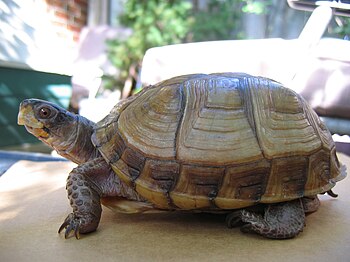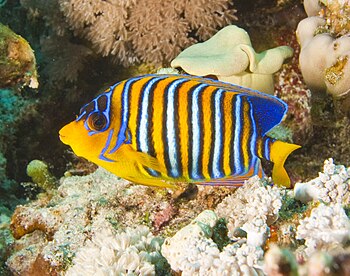 |
| Common water hyacinth (Eichhornia crassipes) (Photo credit: Wikipedia) |
Not only should you consider beauty when you are picking your plants, but you must also remember that plants provide another, more important value to your garden, biological life. Biological life helps maintain your pool by doing what they would do in nature.
Be sure to pay attention to your climate and area. Some plants can simply not survive in certain conditions, so it is wise to do your research beforehand. Talking with your local dealer will give you some idea of what plants you can and cannot have in your pond.
Lotus Plants
Undoubtedly, since your pond contains Koi, a tropical fish, you may want to keep with the theme and place Lotus plants in your pond. Pretty much everyone with a tropical water garden will want a Lotus plant because the beauty is simply unmatched by other flowers.
Lotus plants provide beautiful blooms and a smell that is unmatched. However, unless you live in an area that sustains temperatures higher then 65 degree Fahrenheit, you will need to have to have a place to house your Lotus plants during the colder months. A greenhouse setup specifically for water plants will work the best.
Lotus plants require soil and a large amount of sunlight. They should be planted in water about 2 to 3 feet deep during the warmer months, and indoors during the colder months.
Water Hyacinths
If you simply do not have the time to plant and maintain your water garden’s foliage, or you are somewhat lazy when it comes to gardening, you may want to consider adding Water Hyacinths. Water hyacinths have become very popular recently because of their simplicity. They do not require any type of soil or planting, you must simply throw them into the water. Only minimal time is needed to anchor them down so that they do not float all over the pond freely.
Water Hyacinths are not only pretty but are also very functional as well. These plants aid in the fight against both algae and blanket weeds.
One downside when having Water Hyacinths is the fact that they will take over your pond and yard if you allow them. Water hyacinths are very invasive and will spread if allowed. In extreme cases, it may even jump the fence and take over the neighbors yard as well. Once they have caused this kind of infestation, it is notoriously difficult to get rid of them.
Hidden But Functional Plants
Alternatively, you may want to consider investing in plants that are not necessarily seen. These plants live below the water line and provide many needed functions to your pond. Some help you battle algae, put oxygen back into the water, or feed your fish for you.
You can find these plants in bundles at your local pet store or Koi dealer. The majority of underwater plants will not need additional support during the winter, so once you place them in the water, you may not think twice about them again. However, the benefits that you gain from having these types of plants make up for the fact that you are not able to actually see them.







